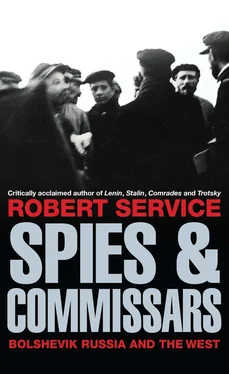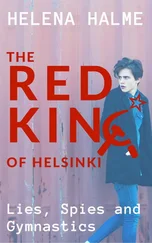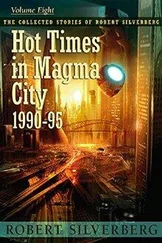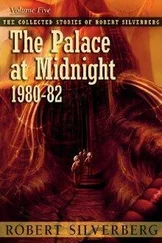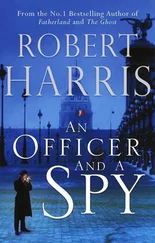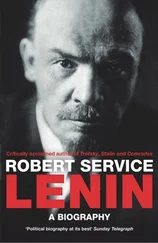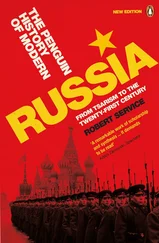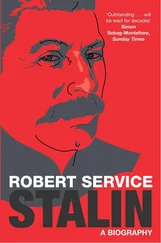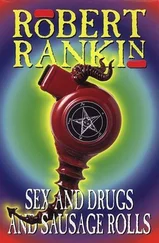But Kapp’s putsch quickly fizzled out when the German government mobilized the army and trade unions against him; and the Russian communist leadership shifted its focus back to internal affairs, especially economic recovery. On 23 April Soviet Russia offered a territorial compromise to Poland, proposing a border line which would have handed all Belorussia to the Poles. Pilsudski interpreted this as a sign of weakness and decided that this was the best opportunity to crush Bolshevism in the borderlands and create the federation he desired. 6Information available to Pilsudski from intercepts of Soviet wireless traffic indicated that the Red Army was being prepared for its own campaign in the west. This made Pilsudski think that he needed to strike before he could be struck, 7and on 26 April the Polish Army advanced into Ukraine where peasant rebellions against the communist authorities were intensifying. Conscription had been onerous. Grain had been seized without compensation. Bolshevik zealots in some provinces had even forced villagers into collective farms. Pilsudski aimed to pull Ukraine out of the grasp of its Red conquerors and counteract Russia’s influence over the entire region. Ukrainian popular opinion was not consulted. Pilsudski and Petliura wanted to accomplish their purposes before the Soviet government had a chance to act.
The Polish army made a lightning advance. By 7 May, to its surprise, it had reached and occupied Kiev. The Reds had been concentrating on finishing off the Volunteer Army in Crimea and Trotsky issued a proclamation declaring the determination of both party and army to drive out the Poles. 8He called it a war imposed on the Bolsheviks and demanded a resolute effort to defend Russia and Ukraine against the enemy. He appealed for help from Imperial officers who had avoided siding with the Red or White cause in the Civil War. In this he was successful; Poles were the historic national foe and General Alexei Brusilov led the way in volunteering his services in sending Pilsudski packing.
Pilsudski knew that, for Poland to be truly secure, the communist dictatorship in Moscow had to be dislodged. He permitted Boris Savinkov, who respected Poland’s right to independence, to base his Russian Political Committee in Warsaw. 9He also allowed the White general Stanislav Bulak-Balakhovich, who had fought for the North-Western Army under Yudenich, to operate on Polish soil. 10These manoeuvres were kept secret from all but the most consistent anti-communists abroad. In Britain, Winston Churchill was in the know. But Pilsudski was generally hoping to effect territorial and political change before those who — like Lloyd George — sought a commercial treaty with Soviet Russia could do anything to stop him. 11Soviet leaders as usual assumed that the Allied powers had organized the Polish offensive. They failed to understand the scope for initiative available to Pilsudski as well as his fear that unless he took action the Allies might cage him inside policies that injured Poland’s interests. The Polish commanders and politicians were intent on redrawing the map of Europe without delay and eliminating the menace of Bolshevism. Too much consultation with the Western Allies might undermine this purpose.
This did not mean that the Poles lacked Allied assistance — and the People’s Commissariat of Foreign Affairs monitored the pages of the Western press for evidence of such a connection. 12Newspapers from The Times through to the Labour-owned Daily News were followed with care. Especially alarming was a report in L’Humanité, the French communist publication, about the presence of French military cadres in Poland. Already in February 1920 there were 732 French officers, including nine generals, on active service there. L’Humanité added that British arms exports had reached Poland in the winter, taking this as proof that ‘the West’ was engaged in a criminal war against Soviet Russia. 13Evidence was adduced that an ‘American officer’ had been conducting sabotage behind the Soviet lines. 14The monitoring department in the People’s Commissariat noted that the New Statesman had stated categorically that Lloyd George could have stopped Poland from going to war but instead had chosen to send armaments to Warsaw — his way of getting round the obstacle of ‘English’ popular opinion, which was hostile to an Anglo-Russian war, even a small one. The People’s Commissariat saw Lloyd George as Pilsudski’s partner in international villainy. 15Stalin put it memorably, saying that the invasion of Ukraine was the ‘third campaign of the Entente’. 16
The French officers supplied to help with the training of the Polish Army included the young Charles de Gaulle. Released from German captivity at the end of the Great War, he gave lectures in Poland on military doctrine and methods and joined a Polish combat unit in July 1919. Such links left no doubt in Moscow that France was seeking the demise of Soviet Russia. 17
Then there was the Kosciuszko Squadron of volunteer US aviators formed by Colonel Cedric Fauntleroy in January 1920 at Prime Minister Paderewski’s request. President Wilson gave his consent without putting anything into writing because he wished to maintain the pretence that America had withdrawn from European conflicts. 18The dozen American airmen were daredevils who swooped over enemy lines on their dangerous missions, developing a new technique of ‘low level bombardment with frontal fire power’. 19The most ebullient of them was Merian Cooper. Shot down in flames and badly wounded in the Great War, he refused to accept his Distinguished Service Cross on the grounds that he did not deserve anything for saving his own life. He then offered himself for work with Hoover’s American Relief Administration in Lwów. As fear of Red offensives grew in 1919, he received permission to join the Polish armed forces and joined in their Ukrainian incursions. 20‘Coop’ was shot down on 13 July 1920 and captured by the Reds. The Polish press announced his death but in fact he was held in a Soviet prison until he escaped about ten months later. He was not the only daredevil in the Kosciuszko Squadron. In March 1921 the Washington Post was to report the awarding of medals to its members at the Polish legation in Washington. 21
The British too were involved. Paul Dukes, now under the cover of an assignment for The Times , shuttled between Kraków and western Europe liaising with Polish military commanders such as Generals Gustaw Zygadlowicz and Lucjan Zeligowski. 22Not bothering to disguise his presence, he was photographed with the Polish Women’s Death Battalion and was with the Polish army when it retook Grodno at the end of the war. 23Sidney Reilly joined Dukes on his mission in October 1920, and the two of them met up with Savinkov. 24Savinkov regarded Reilly as one of the great anti-Bolsheviks and ‘a knight without fear or reproach’, and this was the beginning of a warm friendship. 25
But if the Poles failed to hang on to Ukraine, Allied assistance would not be enough in itself. The Politburo now diverted nearly all its forces to fight Pilsudski, and Kiev fell back into Red hands on 13 June 1920. The Polish positions crumbled in central and western Ukraine over the weeks that followed; on 12 July the Red Army reached what Lenin called ‘the ethnographic frontier of Poland’. The Bolsheviks exulted. The Party Central Committee aimed at ‘the Sovietization of Poland’, and on 17 July Trotsky ordered the Red Army Supreme Command to chase the Poles deep behind the Curzon Line. 26Warsaw was the first big target. Leading Bolsheviks in Latvia and Georgia criticized the decision, not out of respect for Polish independence but from a desire for Trotsky to invade their own countries before he moved into Poland. 27This discussion was kept secret from the Second Comintern Congress since Lenin thought that many foreign delegates were ‘nationalists and pacifists’ who could not be trusted with the information. He noted that the ‘English’ comrades had been aghast at his advice to seek the overthrow of the British government: ‘They made the kind of faces that I reckon even the best photograph couldn’t capture.’ 28He had no wish to ask what they thought of an offensive using ‘bayonets to probe whether the social revolution of the proletariat had matured in Poland’. 29
Читать дальше
